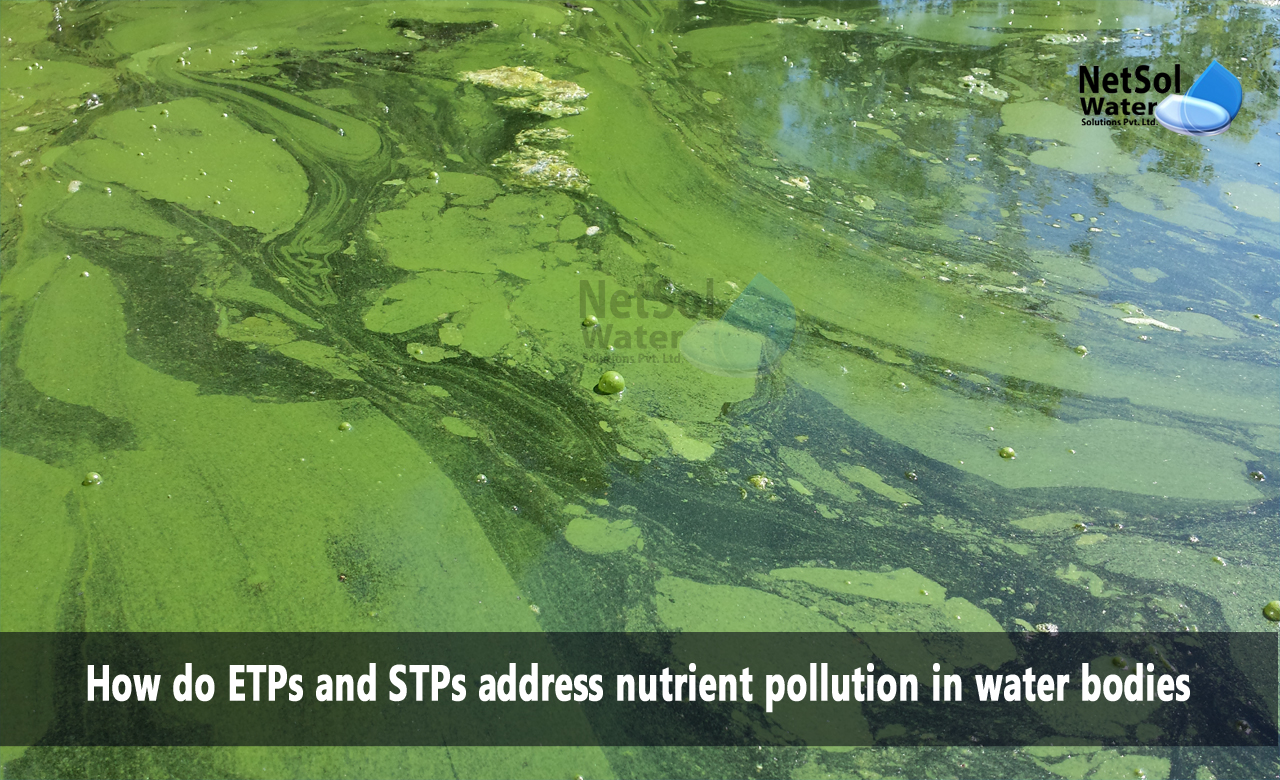How Do ETPs and STPs Address Nutrient Pollution in Water Bodies?
Nutrient pollutants are a giant environmental situation that impacts water bodies internationally. Excess nutrients, primary nitrogen and phosphorus, input these ecosystems, leading to several problems like dangerous algal blooms, lifeless zones, and harm to aquatic ecosystems. To combat this hassle, governments and industries have turned to wastewater remedy structures, which include Effluent Treatment Plants (ETPs) and Sewage Treatment Plants (STPs). This blog explores the position of ETPs and STPs in mitigating nutrient pollution in water our bodies.
Understanding Nutrient Pollution
Nutrient pollutants in water bodies take place when an extra of nutrients, in particular nitrogen and phosphorus, are introduced into aquatic systems. This excess originates from numerous resources, including agricultural runoff, stormwater, and wastewater discharges. Nutrient-rich water fuels the boom of algae and different aquatic plants, disrupting the stability of the ecosystem. When these algae die and decompose, it depletes oxygen levels inside the water, causing harm to fish and other aquatic life. Nutrient pollution also can result in the formation of dead zones, wherein oxygen ranges are so low that almost nothing can continue to exist.
The Role of ETPs and STPs
Effluent Treatment Plants (ETPs) and Sewage Treatment Plants (STPs) are essential in dealing with and lowering nutrient pollutants. These centres are designed to treat and purify wastewater from various sources before liberating it back into the environment. Let's discover how they address nutrient pollution:
1. Nutrient Removal Technologies:
ETPs and STPs appoint diverse technologies to take away excess nutrients from wastewater. One commonplace method is organic nutrient removal (BNR), which uses specialised microorganisms to convert nitrogen compounds into less dangerous bureaucracy like nitrogen gas. Additionally, chemical methods can be used to precipitate and castoff phosphorus from the water.
2. Aeration:
Aeration is a critical step inside the treatment technique that facilitates boom the oxygen content material of the wastewater. This oxygenation encourages the growth of beneficial micro-organisms that could further lessen nutrient ranges by breaking down organic count numbers.
3. Tertiary Treatment:
Some ETPs and STPs include tertiary treatment processes to polish the effluent further. This level frequently consists of filtration and chemical remedies to remove any remaining contaminants.
4. Compliance with Regulations:
Many countries have set strict regulations and standards for the discharge of handled wastewater to guard water quality. ETPs and STPs are designed to fulfil or exceed those standards, ensuring that nutrient ranges in the effluent are within ideal limits.
Benefits of ETPs and STPs in Addressing Nutrient Pollution
1. Improved Water Quality:
ETPs and STPs efficaciously do away with extra nutrients from wastewater, which ends in the launch of cleanser water into herbal water bodies. This significantly reduces the threat of nutrient pollution.
2. Protection of Aquatic Ecosystems:
By mitigating nutrient pollution, ETPs and STPs assist in defending aquatic ecosystems. Reduced nutrient tiers lead to healthier water bodies, helping a diverse range of aquatic lifestyles.
3. Public Health:
Treating wastewater at ETPs and STPs ensures that harmful pathogens are eliminated, decreasing the hazard of waterborne diseases and contamination.
Challenges and Future Prospects
While ETPs and STPs are crucial in addressing nutrient pollutants, they are not without challenges. Ageing infrastructure, growing populations, and evolving environmental guidelines can pressure those centres. However, advancements in the era and a growing focus onecological troubles drive improvements in remedy approaches and infrastructure.
The future of nutrient pollution management is predicated on continued research, innovation, and collaboration between governments, industries, and groups. Sustainable practices, accountable nutrient control in agriculture, and the development of extra green treatment technology could be vital in the ongoing struggle against nutrient pollutants.
Conclusion
Effluent Treatment Plants (ETPs) and Sewage Treatment Plants (STPs) are instrumental in addressing nutrient pollutants in water bodies. By efficaciously removing excess vitamins from wastewater, they play a critical role in protecting aquatic ecosystems and water first-rate. As we flow towardsanextra-sustainable destiny, the importance of ETPs and STPs in mitigating nutrient pollutants cannot be overstated. To preserve our water bodies and ensurean easy and healthy environment, the continued improvement and improvement of these treatment facilities are essential.
Netsol Water is Greater Noida-based leading water & wastewater treatment plant manufacturer. We are industry's most demanding company based on client review and work quality. We are known as best commercial RO plant manufacturers, industrial RO plant manufacturer, sewage treatment plant manufacturer, Water Softener Plant Manufacturers and effluent treatment plant manufacturers. Apart from this 24x7 customer support is our USP. Call on +91-9650608473, or write us at enquiry@netsolwater.com for any support, inquiry or product-purchase related query.



